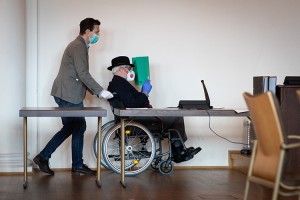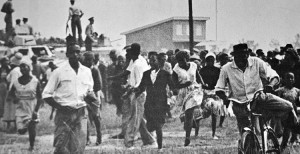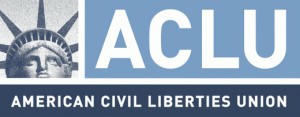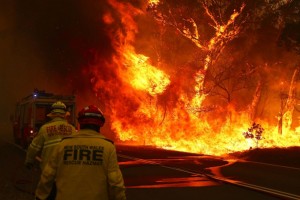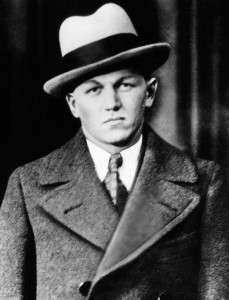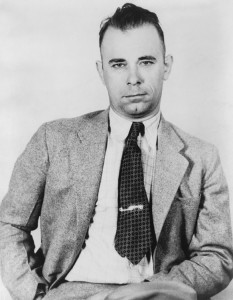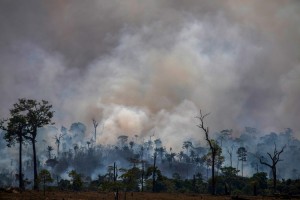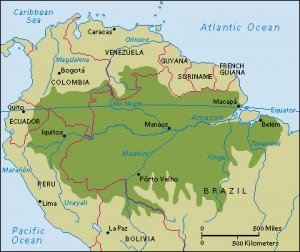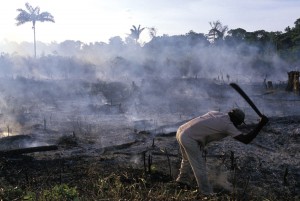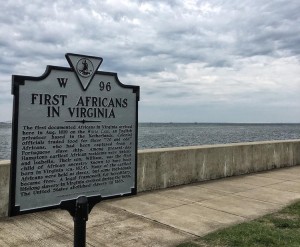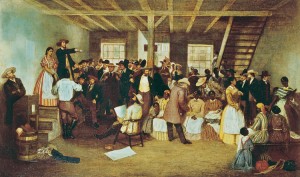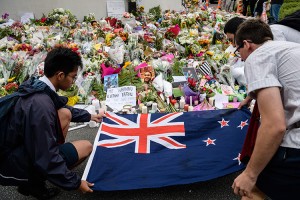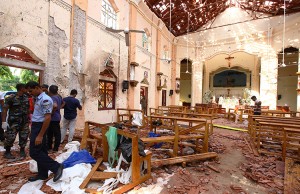Women’s History Month: Nadeen Ashraf
Monday, March 22nd, 2021March is Women’s History Month, an annual observance of women’s achievements and contributions to society. This month, Behind the Headlines will feature woman pioneers in a variety of areas.
Social media websites are often used for such activities as connecting with friends and family or sharing your singing, dancing, or cooking skills. But social media can also serve as platforms for promoting change, be it in politics, race relations, or gender equality. Nadeen Ashraf, an Egyptian feminist and activist against sexual assault, started the account Assault Police on the social media service Instagram. The account has drawn large numbers of women to share information about sexual assault and harassment, along with their personal experiences.
Ashraf was born March 12, 1998, in Cairo. From a young age, she had an interest in the internet and social media. She started Assault Police while studying philosophy at the American University in Cairo. Other students had posted online about a man who was sexually harassing and threatening women. When one of their accounts suddenly disappeared, Ashraf became angry. In July 2020, she created Assault Police to repost the allegations. The account quickly drew thousands of followers, and the man was soon arrested.
Many more women were drawn to share their experiences on Assault Police. Ashraf’s work helped inspire a broader discussion about sexual violence in the conservative country. Egyptian officials have traditionally been reluctant to prosecute crimes against women, and witnesses and victims may be charged with indecency upon coming forward. In a poll conducted by the United Nations in 2013, 99 percent of Egyptian women reported witnessing sexual assault or harassment. A 2017 study found Cairo to be the most dangerous large city for women, in part due to sexual assault and harassment.
The movement sparked in part by Ashraf has been compared to the MeToo social movement in Western countries. In August 2020, Egypt’s parliament passed a law to shield the identity of harassment victims.



